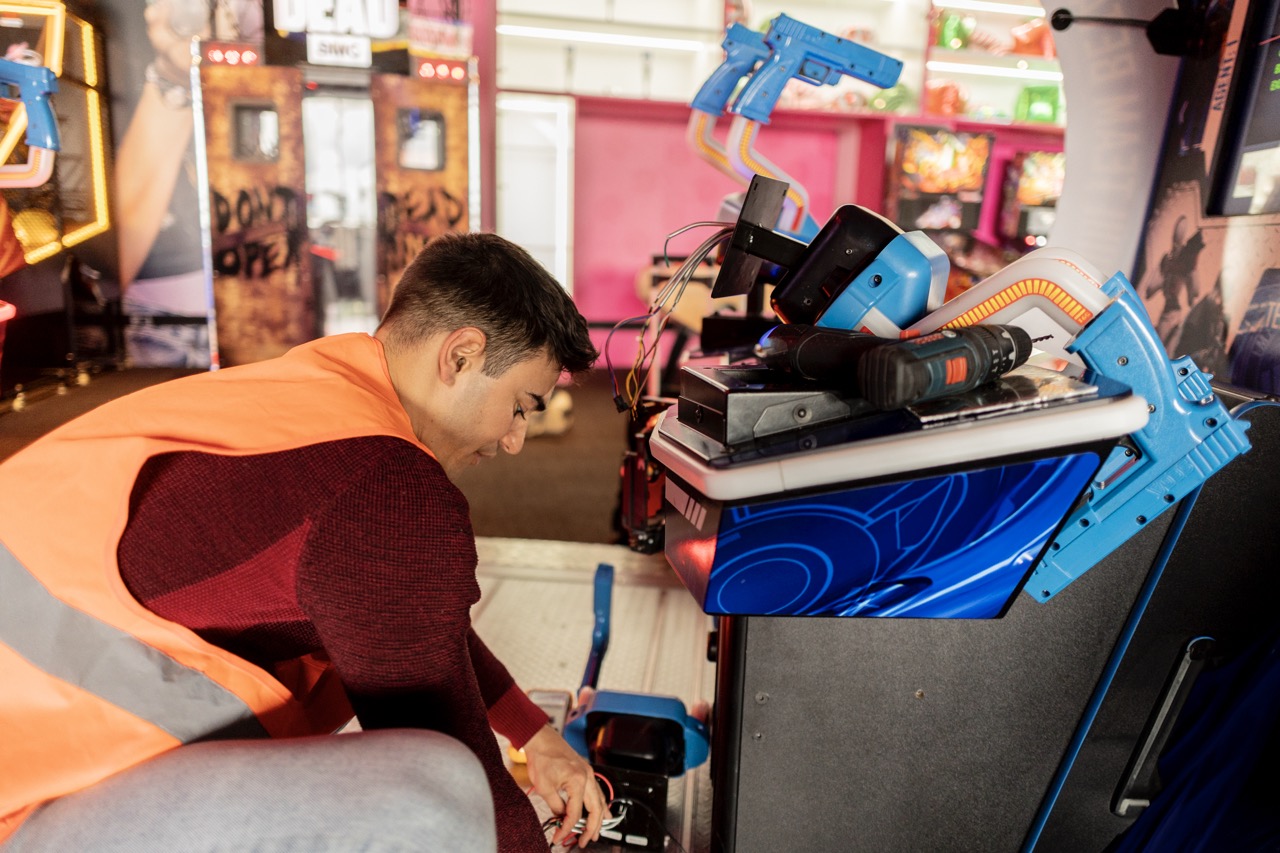Ah, Street Fighter II—a title that conjures up memories of countless hours spent in arcades, battling friends (and foes) for supremacy. Released in 1991 by Capcom, this game didn’t just set the standard for fighting games; it revolutionized competitive play entirely. From its intricate mechanics to the vibrant community that formed around it, Street Fighter II laid the foundation for the esports culture we know today. Let’s dive in and explore how this iconic game changed the landscape of competitive gaming forever.
The Birth of a Fighting Game Phenomenon: Street Fighter II
Street Fighter II burst onto the scene in 1991, taking the gaming world by storm. It was more than just a sequel; it introduced a diverse roster of characters, each with unique abilities and fighting styles. Players could choose from characters like Ryu, Ken, and Chun-Li, each bringing their distinct flair to the game. This variety encouraged players to find their favorite fighter, making the gameplay experience more personal and engaging.
The game was groundbreaking in its use of combo mechanics, allowing players to chain moves together for devastating effects. This added a layer of depth to the gameplay that hadn’t been seen before, making matchups not just about one-on-one skills but also about strategy and timing. Players began to develop their skills, creating a culture of practice and mastery that transformed casual gaming into something more serious.
As players flocked to arcades to test their skills, Street Fighter II quickly became a cultural phenomenon. It wasn’t just a game; it became a social event where friends gathered to cheer each other on, discuss tactics, and share tips. The competitive spirit that emerged laid the groundwork for future games and turned arcades into battlegrounds where legends were born.
Understanding the Mechanics That Changed Competitive Gaming
At its core, Street Fighter II introduced combat mechanics that demanded both skill and strategy. The introduction of special moves, like Ryu’s Hadouken and Chun-Li’s Spinning Bird Kick, added a new layer to the fighting experience. Players quickly learned that mastering these moves was crucial for gaining an edge in combat. The ability to execute combos and counterattacks required practice and precision, which appealed to competitive gamers.
The game also utilized a six-button control scheme, which allowed for a more nuanced approach to combat. Players could punch or kick with varying intensity, adding to the complexity of each match. This control scheme eliminated the monotony of simpler button-mash fighters and opened the door for advanced techniques, such as “canceling” moves and executing intricate combos.
Moreover, Street Fighter II was among the first games to use a ranking system based on player performance. This system not only motivated players to improve but also fostered a sense of competition. Gamers began to track their win-loss records, pushing them to refine their skills and take competitive play seriously. This emphasis on mechanics and player skill created a perfect storm for the rise of competitive gaming.
Community and Tournaments: The Rise of Esports Culture
The competitive scene around Street Fighter II began to flourish as players started organizing tournaments. Events like the first-ever official arcade tournaments were held in the mid-90s, bringing together the best players from different regions. These tournaments not only showcased top-tier talent but also built a sense of community among players, allowing them to share strategies and build friendships.
As the competitive scene grew, so did the idea of sponsorships and professional play. Street Fighter II was a gateway into what we now recognize as esports. Companies began to recognize the potential of this burgeoning community, leading to sponsorships, larger prize pools, and professional leagues. The competitive nature of the game attracted not just players but also spectators, making events exciting to watch.
Online communities began to sprout, where players could share their gameplay through forums and videos. This was a game-changer, allowing players to learn from each other, practice new techniques, and even stream their matches. The rise of platforms like Twitch can trace their roots back to the fervor of Street Fighter II’s competitive play, marking the beginning of a new era in gaming culture.
Lasting Impact: Street Fighter II’s Legacy Today
Fast forward to today, and Street Fighter II’s impact is evident in the game industry. It set the gold standard for fighting games, influencing countless titles that followed. Mechanically, the combo systems and character diversity established in Street Fighter II continue to be a blueprint for modern fighting games, ensuring that the essence of competitive play remains intact.
Street Fighter II also helped define the esports landscape. The game paved the way for major tournaments, including EVO (Evolution Championship Series), which remains one of the largest fighting game tournaments in the world. The legacy of Street Fighter II is evident not just in the tournaments but also in the community that continues to thrive, celebrating the game and its iconic characters.
Finally, Street Fighter II has become a cultural icon. References to the game can be seen in movies, television shows, and even other video games. It’s a testament to how a simple arcade game can make waves across multiple facets of entertainment, proving that its legacy will endure for generations to come.
Street Fighter II isn’t just a nostalgic trip down memory lane; it’s a pioneering force in competitive gaming that set the bar for what was to come. From its revolutionary mechanics to the vibrant community it fostered, the game reshaped how we view competition in the gaming world. As we continue to enjoy the fruits of that revolution, it’s clear that Street Fighter II will forever hold a special place in the hearts of gamers everywhere. So, grab your controller and get ready to throw down—because the spirit of Street Fighter lives on!










